#17th-century art
Text

Still Life with Asparagus and Red Currants
Adriaen Coorte (Dutch; active ca. 1683–1707)
1696
Oil on canvas
National Gallery of Art, Washington, D.C.
#Adriaen Coorte#Coorte#Dutch still lifes#Dutch art#Dutch painters#Baroque art#Dutch Baroque#Dutch paintings#still lifes#17th century#17th-century art#17th-century artists#17th-century Dutch art#1690s#17th-century Dutch artists#currants#asparagus#fruit#Dutch Golden Age#vegetables#still-life paintings#still-life painters#Dutch still-life painters#Dutch still-life paintings#National Gallery of Art
84 notes
·
View notes
Text
#FineArtFriday: a second look at Merry Company by Dirck Hals 1635
Merry company *oil on panel *30 x 51 cm *signed : D Hals 1635
Artist: Dirck Hals (1591–1656)
Title: Merry Company
Date: 1635
Medium: oil on panel
Dimensions: height: 30 cm (11.8 in); width: 51.1 cm (20.1 in)
Collection: Mauritshuis
What I love about this painting:
This group portrait tells us a story. Perhaps we are celebrating the engagement of the young couple on the far right—a fashionably,…

View On WordPress
#17th century genre art#17th-century art#17th-century Netherlandish paintings#genre art#Merry Company by Dirck Hals
0 notes
Text

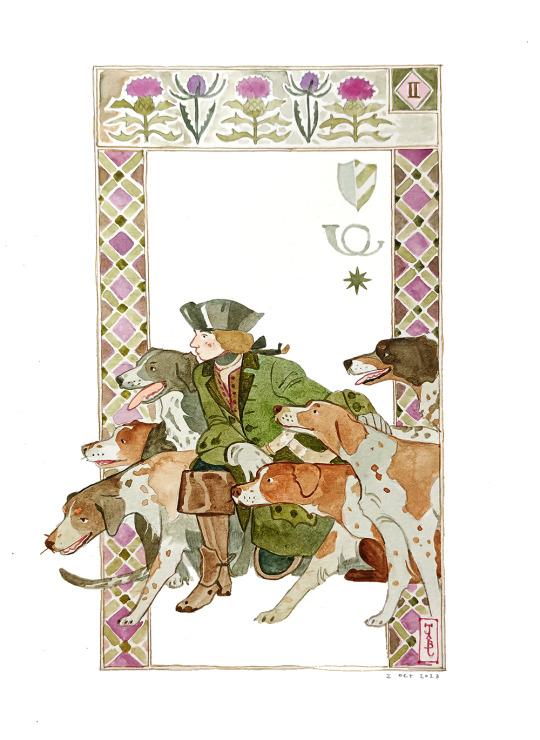
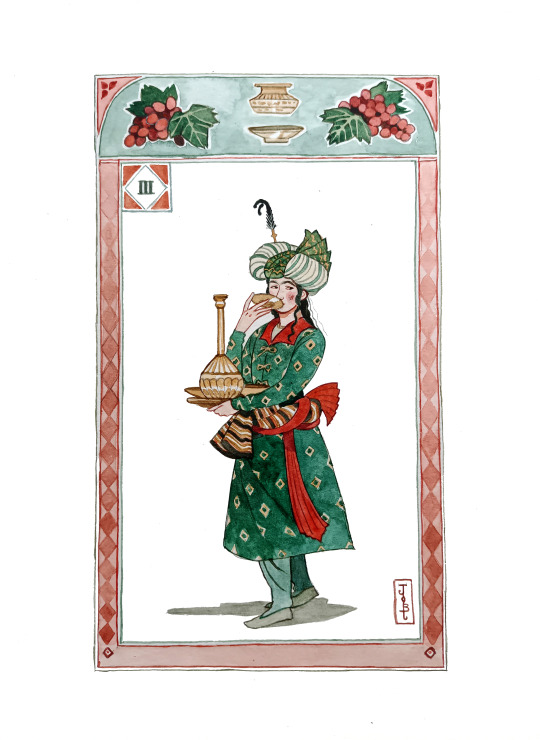


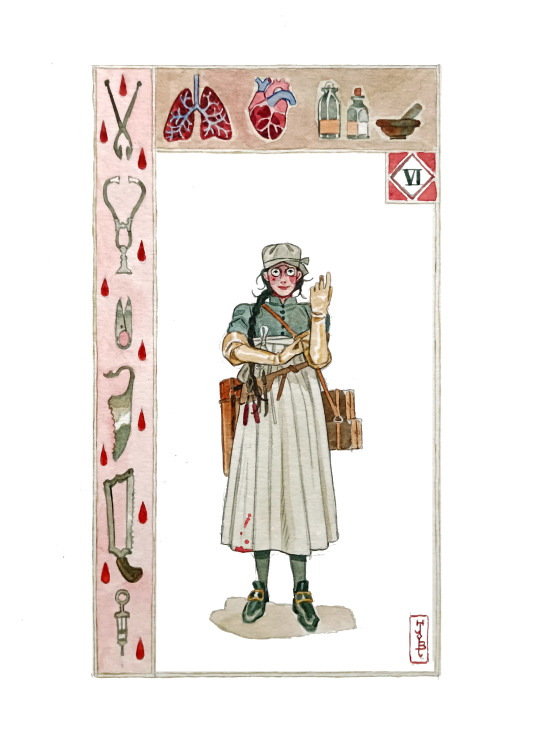
All the "inktobers" for this week (taking a break for the weekend) !
I. Hérault / Herald · II. Piqueur / Kennelkeeper · III. Échanson / Cupbearer · IV. Naturaliste / Naturalist · V. Comédien / Comedian · VI. Chirurgien / Surgeon
#inktober#paintober#inktober 2023#watercolour#historical costuming#15th century#18th century#17th century#16th century#traditional art
15K notes
·
View notes
Text
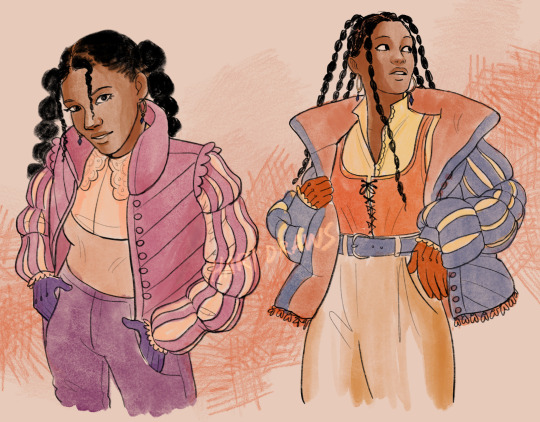
what if a puff sleeve renaissance doublet, but it’s also a puffer jacket
#I have 2 completely different fantasy wips right now and in both I’m obsessed w this fashion vibe#i really want it to be like#17TH CENTURY MODERN#lucky wip#OC stuff#art#my art
3K notes
·
View notes
Text
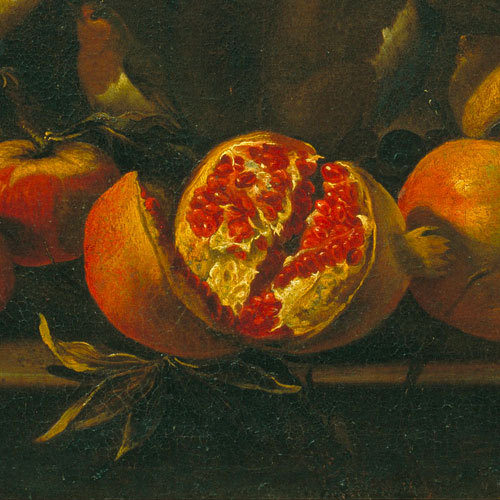
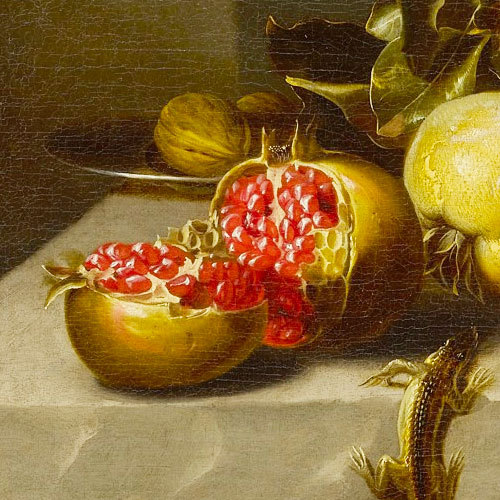
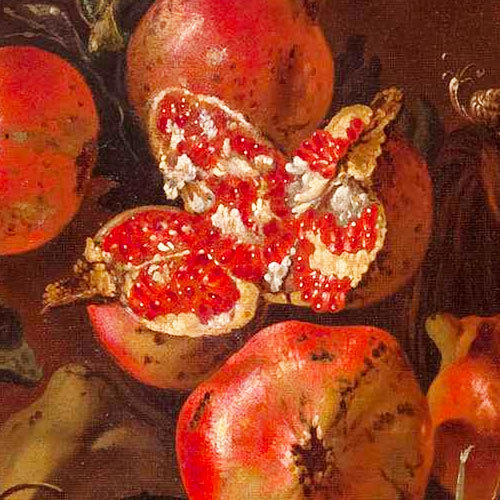



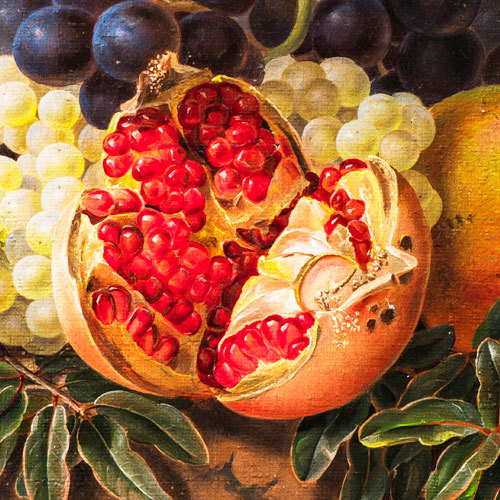


pomegranates in still life (details)
#oil painting#art#still life#still life details#pomegranate#17th century art#18th century art#fruit art#art details#art history#artedit#light academia#dark academia#light academia moodboard#anna attempts photoshop#1k+#5k+#6k
6K notes
·
View notes
Text

Sword of Justice from Solingen, Germany, circa 1670-1700.
6K notes
·
View notes
Text
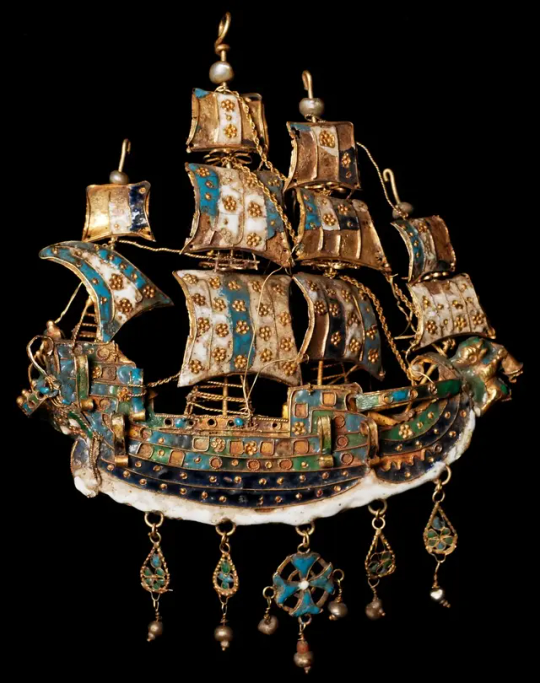
Gold pendant with pearls in the shape of a caravel, Patmos, Greece, 17th century
3K notes
·
View notes
Text

Saint Sebastian Tended by the Holy Irene and her Servant [detail] (1626-1630) | Nicolas Regnier
#art#fine art#painting#oil painting#17th century#saint Sebastian tended by the holy Irene and her servant#nicolas regnier#saint sebastian#religious art
5K notes
·
View notes
Text
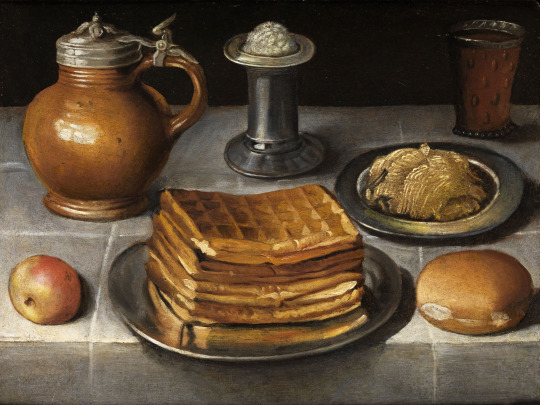
Still Life with Waffles, circle of Georg Flegel, early 17th century
5K notes
·
View notes
Photo


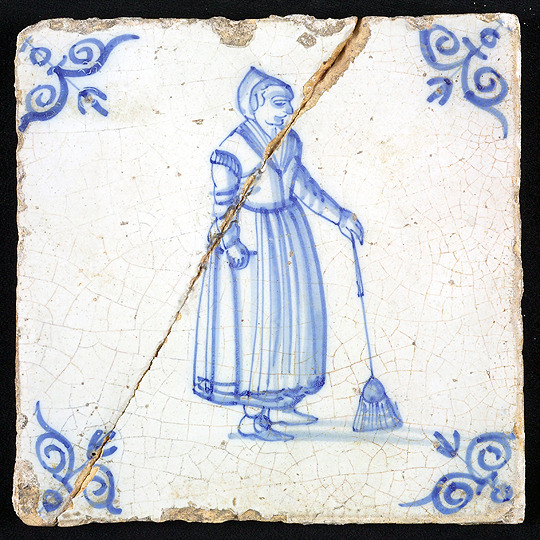



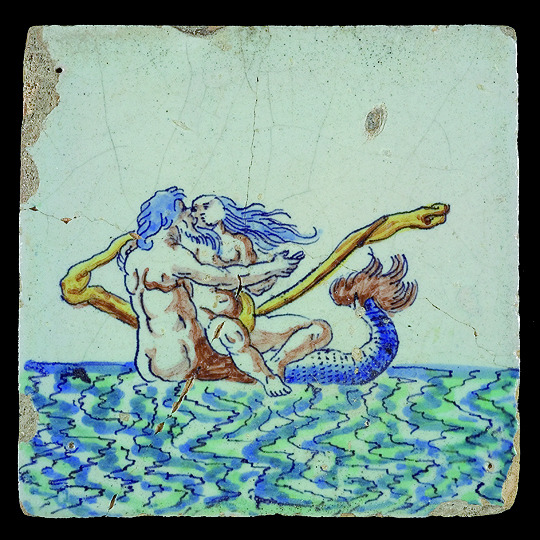

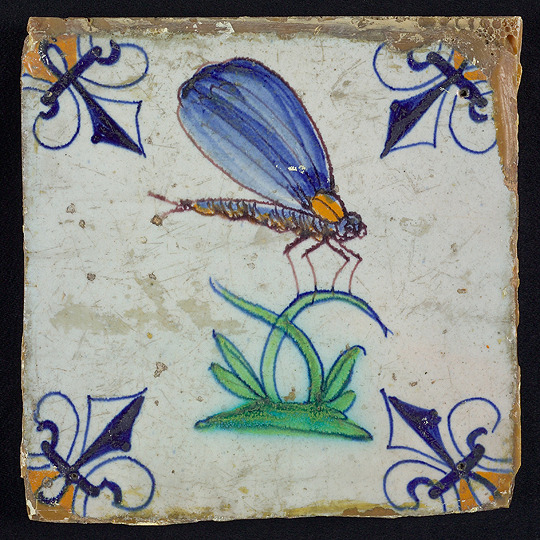

17th century tiles from Museum Rotterdam.
#17th century#1600's#art#art history#rotterdam#netherlands#tiles#ceramics#decorative tiles#ceramic tile#ceramic tiles#*
7K notes
·
View notes
Text
Emerald Spectacles from India, c. 1620-1660 CE: the lenses of these spectacles were cut from a single 300-carat emerald, and it was believed that they possessed mystical properties

These eyeglasses are also known by the name "Astaneh-e ferdaws," meaning "Gate of Paradise," based on the symbolic associations between the color green and the concept of spiritual salvation/Paradise. That symbolism (which is rooted in Islamic tradition) was especially popular in Mughal-era India, where the spectacles were made.
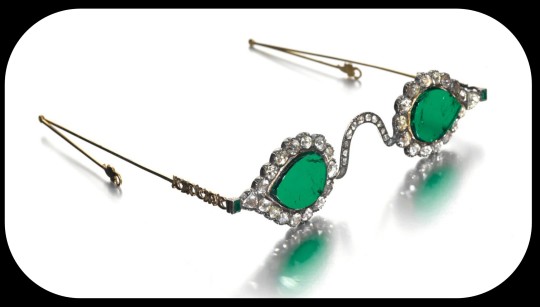
The lenses were crafted from two thin slices of the same emerald. Together, the lenses have a combined weight of about 27 carats, but given the precision, size, and shape of each lens, experts believe that the original emerald likely weighed in excess of 300 carats (more than sixty grams) before it was cleaved down in order to produce the lenses. The emerald was sourced from a mine in Muzo, Colombia, and it was then transported across the Atlantic by Spanish or Portuguese merchants.
Each lens is encircled by a series of rose-cut diamonds, which run along an ornate frame made of gold and silver. The diamond-studded frame was added in the 1890s, when the original prince-nez design was fitted with more modern frames.
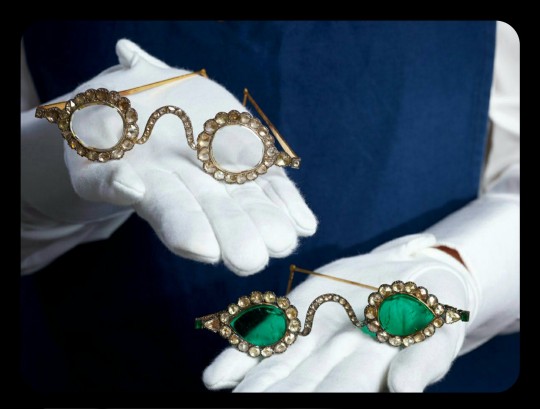
The emerald eyeglasses have long been paired with a second set of spectacles, and they were almost certainly commissioned by the same patron. This second pair is known as "Halqeh-e nur," or the "Halo of Light."
The Halo of Light features lenses that were made from slices of diamond. The diamond lenses were cleaved from a single stone, just like the emerald lenses, with the diamond itself being sourced from a mine in Southern India. It's estimated that the original, uncut diamond would have weighed about 200-300 carats, which would make it one of the largest uncut diamonds ever found.

The lenses are so clear and so smoothly cut that it sometimes looks like they're not even there.
Both sets of spectacles date back to the mid-1600s, and it's generally believed that they were commissioned by a Mughal emperor or prince. The identity of that person is still a bit of a mystery, but it has been widely speculated that the patron was Shah Jahan -- the Mughal ruler who famously commissioned the Taj Mahal after the death of his wife, Mumtaz Mahal. Shah Jahan did rule as the Mughal emperor from about 1628 to 1658.
The emerald and diamond lenses may have been chosen for symbolic, sentimental, and/or cultural reasons, or they may have been chosen simply because they're pretty and extravagant; the original meaning and purpose behind the design is still unclear. Experts do believe that the eyeglasses were designed to be worn by someone, though.
At times, it was believed that the spectacles had spiritual properties, like the ability to promote healing, to ward off evil, to impart wisdom, and to bring the wearer closer to enlightenment. Those beliefs are largely based on the spiritual significance that emeralds and diamonds can have within certain Indic and Islamic traditions -- emeralds may be viewed as an emblem of Paradise, salvation, healing, cleansing, and eternal life, while diamonds are similarly associated with enlightenment, wisdom, celestial light, and mysticism.
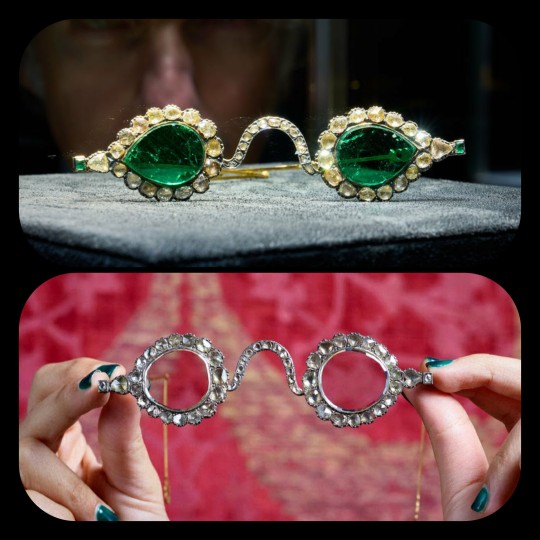
The Gate of Paradise and the Halo of Light were both kept in the collections of a wealthy Indian family until 1980, when they were sold to private collectors, and they were then put up for auction once again in 2021. They were most recently valued at about $2 million to $3.4 million per pair.
Sources & More Info:
Sotheby's: Mughal Spectacles
Architectural Digest of India: At Sotheby's auction, Mughal-era eyeglasses made of diamond and emerald create a stir
Only Natural Diamonds: Auspicious Sight & the Halqeh-e Nur Spectacles
The Royal Society Publishing: Cleaving the Halqeh-Ye Nur Diamonds
Gemological Institution of America: Two Antique Mughal Spectacles with Gemstone Lenses
Manuscript: From Satan's Crown to the Holy Grail: emeralds in myth, magic, and history
CNN: The $3.5 million Spectacles Said to Ward off Evil
BBC: Rare Mughal Era Spectacles to be Auctioned by Sotheby's
#history#archaeology#artifact#mughal#india#17th century#art#emerald#diamond#glasses#indian lore#islam#religion#mysticism#indian history#anthropology#spirituality#fashion
4K notes
·
View notes
Text

A Merry Violinist Holding a Roemer
Gerrit van Honthorst (Dutch; 1592–1656)
ca. 1624
Oil on canvas
Sotheby’s, New York
#violinists#violins#stringed instruments#music#musicians#roemers#glass#glasses#Gerrit van Honthorst#Honthorst#Dutch art#Dutch artists#Dutch paintings#Dutch painters#17th century#17th-century art#17th-century artists#Baroque art#1620s#wine#wine glass#wine glasses#hats#feathers#Utrecht Caravaggisti#Utrecht Caravaggism#Northern Baroque#17th-century Dutch art#17th-century Dutch artists
33 notes
·
View notes
Text
#FineArtFriday: Mountain River Landscape, Jan Brueghel the younger and Joos de Momper the Younger (revisited)
A collaborative work by:
Jan Brueghel the Younger (1601–1678)
Joos de Momper the Younger (1564–1635)
Title: An extensive mountainous river landscape with travellers near a village
Date: by 1678
Medium: oil on panel
Dimensions: Height: 46.5 cm (18.3 in); Width: 66 cm (25.9 in)
Collection: Private collection
I first found this painting in November of 2020. Something about this image spawned…
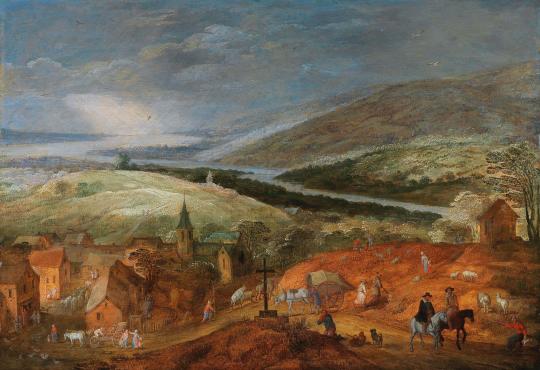
View On WordPress
#17th century Flemish Paintings#17th-century art#An extensive mountainous river landscape with travellers near a village by Jan Brueghel II and Joos de Momper I#Fine Art Friday#Landscape paintings
0 notes
Text

Diego Velázquez - L'infante Filippo Prospero (detail), 1659
1K notes
·
View notes
Text

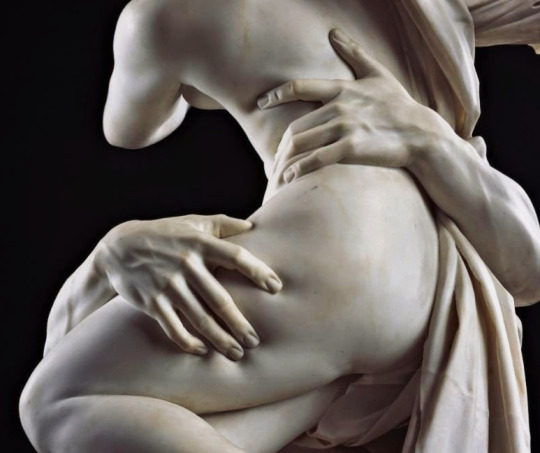

The abduction of Proserpina, Gian Lorenzo Bernini, 1621-22
#art history#art#italian art#baroque#aesthethic#marble#sculpture#greek mythology#roman mythology#proserpina#persephone#hades#gian lorenzo bernini#bernini#galleria borghese#ancient greece#pluton#17th century
2K notes
·
View notes
Text

A GERMAN LATE SEVENTEENTH CENTURY TABLE TOP BY FRANZ DE HAMILTON
#art#mother of pearl#seventeenth century#17th century#antique#sculpture#antique furniture#furniture#butterfly#florals#flowers#pearl#ornate#decoration#design#decorative#whimsigoth#whimsigothic#table top#1600s#butterflies#german#franz de hamilton
3K notes
·
View notes